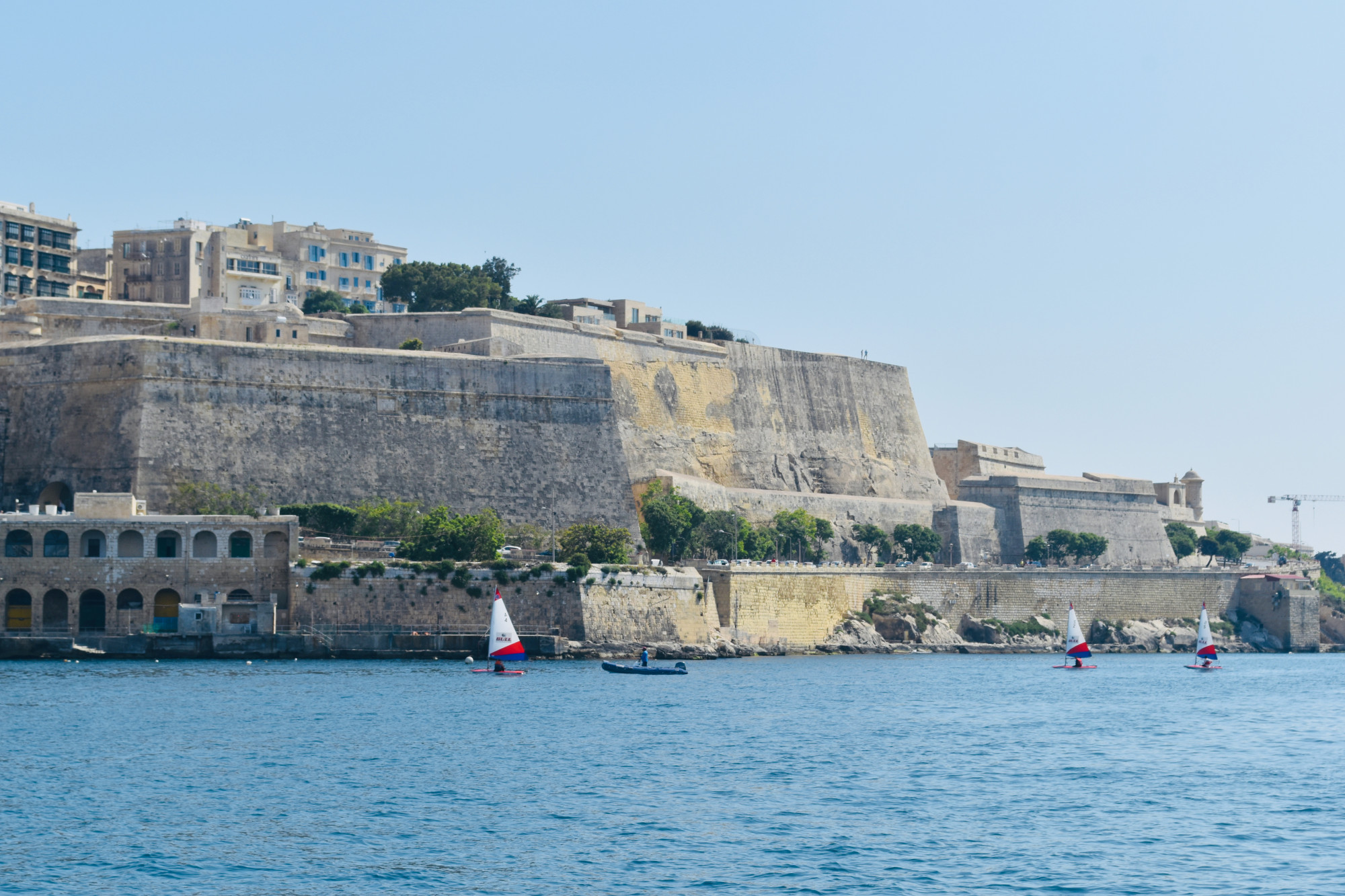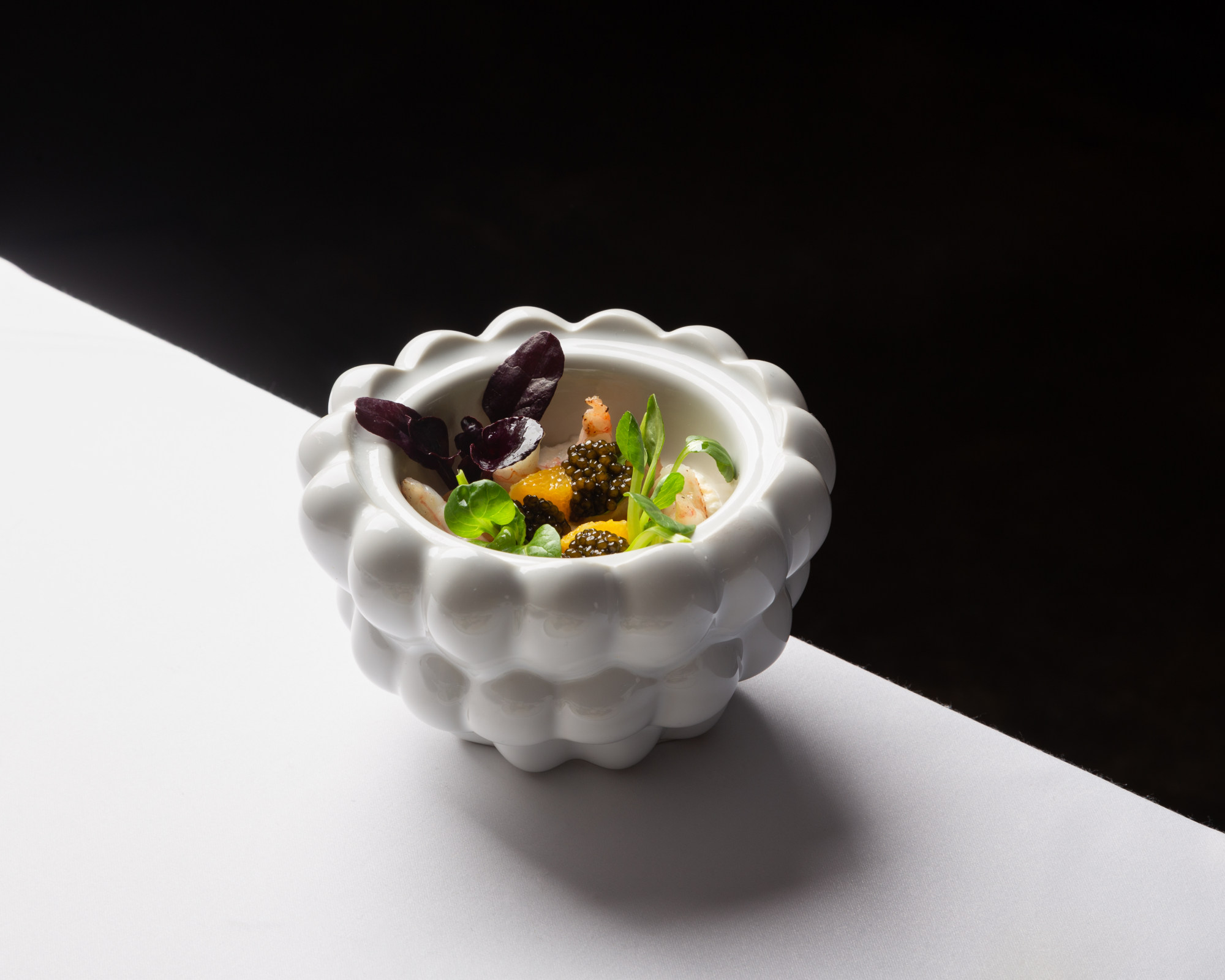
Malta and Sicily by yacht: Game of Thrones backdrops, turbulent histories, and cuisine that reflect centuries of invasion
- Malta and Sicily in the Mediterranean both have long and turbulent histories, shaped by thousands of years of invasion and occupation
- A sailing trip between the two takes us to forts, ancient temple ruins, art and, in Sicily, a complex cuisine with elements from a succession of cultures
From the 16th century to the early 20th, small merchant boats called speronara plied the waters between the Mediterranean islands of Malta and Sicily. They carried passengers and merchandise, and in the days before the postal service, important letters.
The speronara was also the vessel of choice for pirates, who plundered ships and caused chaos and destruction ashore. And these waters have carried other aggressors.
Stretching back at least to the 11th century BC, the Tyrrhenian, Ionian and Mediterranean seas have borne the ships of a long list of invaders, from the Phoenicians and Carthaginians to the Romans, the Byzantines, the Aghlabids and the Aragonese.
As we set off at dawn from Marsamxett Harbour, in Malta’s capital, Valletta, evidence of the island’s turbulent past is starkly visible in the fortification walls that rise up from the water’s edge.

With its strategic position between Africa, Europe and the Middle East, and its natural harbours, Malta has long been a prize that needed to be defended.
When our captain, Mark, steers the Esta Bien, his 33ft Jeanneau Sun Odyssey, between rows of moored yachts out into the bay, it feels as though we are sailing back in time.
It’s not all about India vs Pakistan match – why Ahmedabad is worth a visit
The immense walls, built from giant rectangular blocks of sandy-hued limestone, are otherworldly, like a desert city in a science fiction or fantasy film.
It is no surprise that the Unesco World Heritage site of Valletta, along with other locations on the island, formed the backdrop for scenes in the hit television series Game of Thrones.
Having gained independence from Britain in 1964, Malta is today part of the European Union and is, at just 316 sq km (122 square miles), the world’s 10th smallest country by area (and fifth most densely populated).

Evidence of the island’s British past is everywhere – we have seen the imposing Victoria Gate at the entrance to Valletta and the statue of the colonial queen in front of the National Library, in the centre of the city – but Malta’s ancient sites are some of the oldest religious ruins in the world.
Hagar Qim, a megalithic temple complex on the south of the island, dates to 3600 to 3200 BC. The temples, made of giant blocks of limestone that have become pitted over the millennia, look out over the sea, refusing to give up all the secrets they have witnessed.
With our bow pointing due north towards the southern coast of Italy, and the iconic dome of the Basilica of Our Lady of Mount Carmel receding behind us, we crack open a bottle of rum and make a pirate-inspired toast to the journey, which was confirmed only a couple of days earlier, after our obsessive tracking of the weather forecast had shown a gap in the unseasonal gales howling across the Med.

I have sailed previously, but Liza – like Mark an old school mate – is new to boating. When the swells increase as we reach open seas, she heads below, into the cabin, to lie down and allow the rum to settle.
Mark and I open up the sails and the Esta Bien picks up speed, heeling away from the wind and lifting up a cool spray on our faces. The sky is cloudless, the sea an indigo blue.
It is not long before Malta fades from view, although it takes 11 hours to cross the 55 nautical miles (102km) to Sicily (ferries take just one hour and 45 minutes).

We radio the office at Marina di Ragusa, where we have booked a berth for the night, and a small boat is sent for us to follow. The water is treacherously shallow, so keeping to the deeper channel is paramount.
The tender leads us to our berth. I tie the fenders to the guard rails to protect the Esta Bien from hitting other boats before Mark backs her into the space.
We connect the boat to the marina’s electricity supply, refill the water tank and unpack our clothes into cabin cupboards. After a quick change, we head for dinner at one of the nearby restaurants, which offers views of yachts against the pinks and oranges of the sunset.
Lisbon food crawl: the Portuguese capital’s 7 best restaurants and bars
After pasta, fresh fish and Etna Rosso, a Sicilian red wine from the slopes of the island’s famous volcano, we fall asleep on our rocking beds, lulled to sleep by the gentle sway.
We had planned to sail the Esta Bien along Sicily’s southwestern coast, stopping at marinas along the way or anchoring in bays, but the fierce winds have returned, putting paid to our plans.
We instead leave the Esta Bien in her berth and spend a few days in terrestrial exploration. Ragusa Ibla – Ragusa’s old town – is built on a ridge at the bottom of a gorge, and is a maze of cobbled streets, with simple homes squeezed between ornate Baroque buildings with wrought-iron balconies and civic palazzi.

Most of the buildings date from 1693, when Ragusa, along with neighbours Noto, Scicli and Modica, was razed to the ground by an earthquake.
Just steps away from Ragusa’s grand Duomo di San Giorgio, famed for its stained-glass windows and deep-red walls hung with dramatic paintings, Duomo Ristorante brings Sicily’s history to life on the plate.
For 23 years, chef Ciccio Sultano has captured the essence of his island, delving into its culinary past and using local ingredients to create modern interpretations.


“We call Sicily a gastronomic continent,” says Sultano during lunch. “We’re a little smaller than Switzerland or Belgium, but rich in coast, sea, mountain and plains. And then there’s the history: Sicilian cuisine comprises 3,000 years of domination, with each dominating culture profoundly important and unlike the others.”
He serves warm ricotta with greens fresh from a nearby hydroponic farm, cubes of sweet orange, delicate prawns and a dollop of caviar.
His truffle ice cream – a nod to Sicily’s Arabian heritage, as the Moors are credited with bringing iced desserts to the island – is embraced in two layers of crispy bread that he makes from local heritage grains.
The restaurant’s cellar is a treasure trove of Sicilian wine.

To work off the two-Michelin-star dining, we rent bicycles and take the cycle path north, through sleepy residential areas, before reaching Punta Secca.
This seaside village is centred on a white lighthouse and has a small harbour for wooden boats and a curving beach. Rows of homes painted pastel yellow and eggshell blue line the waterfront.
Having taken a dip in the sea and rested on towels for an hour, we head to a cafe for lemon and almond granita, the popular treat of sweet shaved ice.

Back at the marina, we slip into an easy rhythm. Mark starts our day by making a strong cup of coffee on the boat, while Liza and I take our towels and wash kit to the marina shower block.
Then it is breakfast at a cafe and a day out exploring before returning to the yacht for sundowners. After dinner out, there are more drinks, often till late, ensconced in the wood-panelled cabin, the wind singing in the rigging.
On one of the five days we’re tied up in Marina di Ragusa, we hire a car and drive the two-and-a-half hours to the Greek ruins at Agrigento.

The city of Akragas, which became one of the leading centres of the golden age of Ancient Greece, was founded around 580 BC by colonists from Gela, descended from the Greeks of Rhodes and Crete. The Romans later renamed Akragas, calling it Agrigentum.
Known today as the Valley of the Temples (Valle dei Templi), the Doric temple ruins are a Unesco World Heritage site that stretches 2km from east to west. The well-preserved Temple of Concordia, bested only by the Temple of Hephaestus, in Athens, transmits a sense of its glory almost 2,500 years after the fact.
We rise before dawn the next morning to sail back to Malta. Pirates of yore would be pleased to note that our speronara’s coffers are full, stuffed with precious goods we have plundered from roadside stalls and delis: olives, pistachios and wine, and trays of cannoli, Sicily’s famous pastry rolls.
This time we all have our sea legs and the sail back is smooth. Unlike journeys of the past, ours is a distinctly 21st century pursuit – pleasure rather than pillaging, indulgence over incursion.

